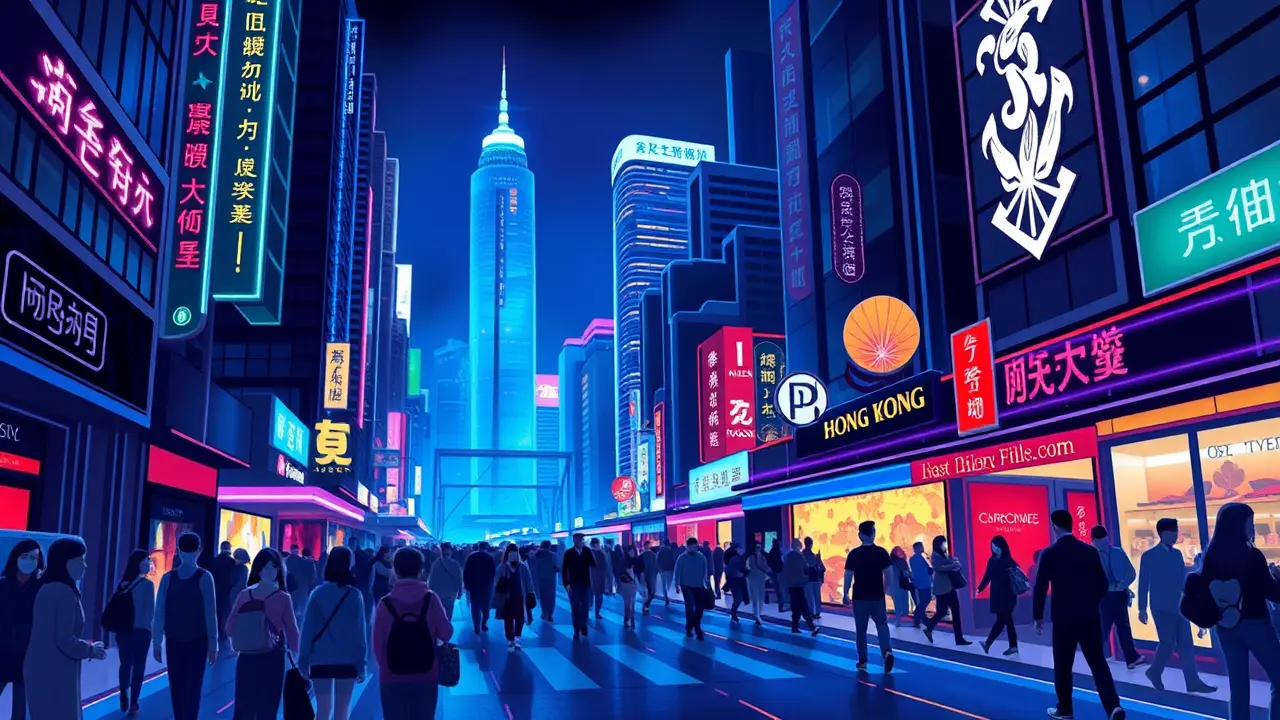1.4 Million Mainland Tourists Visit Hong Kong During Golden Week
The official numbers from Hong Kong's Immigration Department tell a story of triumphant return—over 1. 4 million mainland Chinese passenger trips flooding into the city during the eight-day National Day 'golden week' holiday, a figure that represents a robust 15 percent surge from the previous year and seems to signal a decisive end to the isolation of recent years.The streets of Tsim Sha Tsui and Causeway Bay were once again thick with the familiar sound of Mandarin, the queues for egg waffles and milk tea snaking around corners, a vibrant, bustling tableau that Hong Kong hasn't witnessed at this scale since before the pandemic. The government broadcasts these figures with palpable relief, pointing to them as undeniable proof of a tourism sector, and by extension a city, springing back to life.Yet, if you linger in those same crowded districts and talk to the shop owners, the restaurant managers, the sales clerks in luxury boutiques, a more complex and deeply concerning narrative emerges—one where volume does not equate to vitality. A sector representative, whose voice cuts through the celebratory statistics, confirms what these frontline workers already know: the spending power of these tourists remains alarmingly weak.The high-rolling shoppers who once treated Hong Kong as a personal luxury mall, their arms laden with bags from Chanel and Rolex, have been replaced by day-trippers and budget-conscious families, their consumption focused on affordable meals, souvenirs, and experiences rather than high-value goods. This isn't just a shift in preference; it's a fundamental recalibration of the economic relationship between mainland China and Hong Kong, driven by a confluence of powerful forces.The mainland's own economic headwinds, including a protracted property crisis and broader macroeconomic uncertainties, have made Chinese consumers more cautious with their discretionary spending, even when traveling. The once-formidable currency advantage has narrowed significantly, and the rise of domestic shopping hubs within China, from Hainan's duty-free paradise to the seamless e-commerce platforms, offers compelling alternatives.Furthermore, the very nature of travel has evolved post-pandemic; there's a greater emphasis on cultural immersion and local experiences over transactional shopping sprees. This presents an existential challenge for Hong Kong, a city whose retail and hospitality sectors were architecturally and economically designed around the high-spending mainland tourist.The government's response, focusing on mega-events and night markets, is a start, but it may be akin to applying a bandage to a structural wound. The city must now grapple with difficult questions: Can it pivot from a shopping destination to an experience-based one? Can its retail landscape, dominated by luxury brands, adapt to cater to a new, value-driven demographic? The consequences of failing to do so are severe—shuttered stores in prime retail locations, rising commercial vacancy rates, and sustained pressure on an economy already navigating a fragile post-pandemic recovery and complex geopolitical currents. The 'golden week' numbers, therefore, are a double-edged sword; they offer a glimpse of recovery but also illuminate the steep and rocky path that lies ahead for Hong Kong as it seeks to redefine its place in a changed world.
CY
CynicalObserver11 hours ago
the crowds are back but the money isn't huh. feels like a plot twist nobody wanted tbh
0
SK
SkepticalMind12 hours ago
but what if the headline numbers are just a distraction from the real problem tbh all those people but no one's really spending smh
0
NO
NomadicSoul12 hours ago
we're seeing this shift everywhere tbh, not just in hong kong, the whole travel model is changing from shopping to experiences
0
© 2025 Outpoll Service LTD. All rights reserved.
